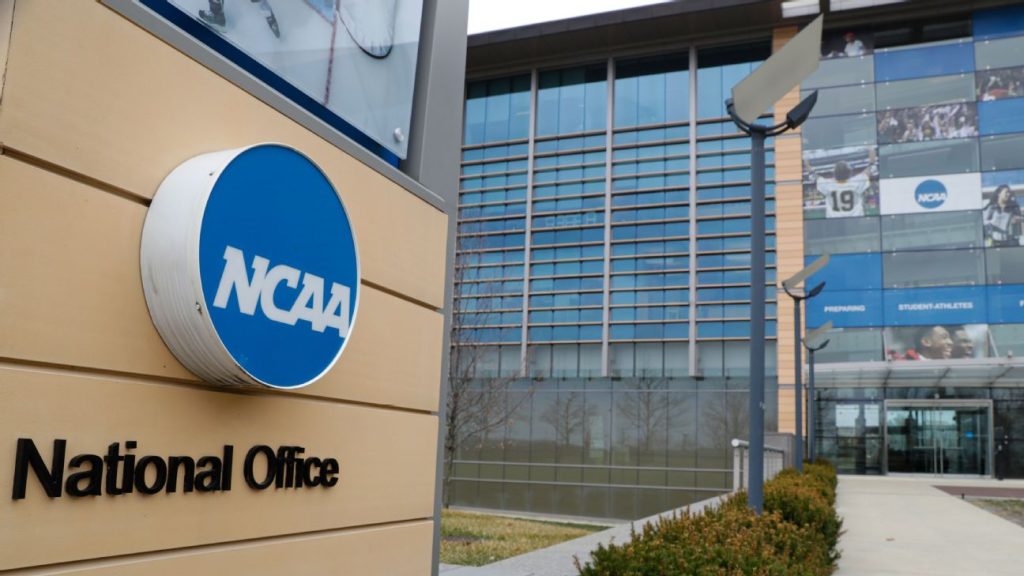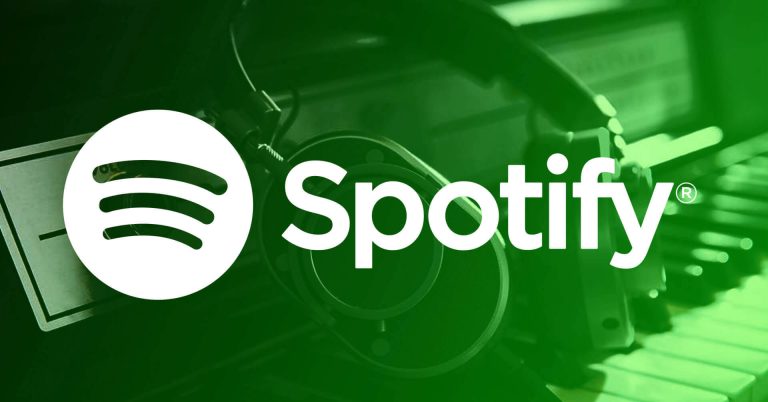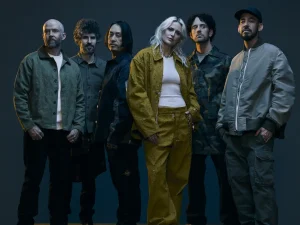The NCAA antitrust settlement, aimed at changing the way college athletes are compensated, has hit a major snag. Recently, a federal judge rejected a significant part of the proposed settlement, leaving many to wonder what’s next.
This ongoing legal battle over how athletes should be paid isn’t over yet, and both the NCAA and athletes are heading back to the negotiation table. As the debate continues, the NCAA antitrust settlement remains a hot topic, with the future of college sports hanging in the balance.
Why Was the Settlement Rejected?
To understand the rejection, let’s dive into the specifics. A key part of the NCAA antitrust settlement restricts payments from booster-run collectives. Essentially, these are groups of donors who offer financial support to athletes.
Under the proposed agreement, these payments would be limited, potentially affecting how much certain athletes could earn. This is exactly why Judge Claudia A. Wilken rejected the settlement. She felt this part of the deal unfairly restricted athlete compensation and could cause some athletes to lose a lot of money.
Now, the NCAA argues that this restriction is crucial for keeping things fair. They believe these payments can disguise “pay-for-play” schemes, which go against the amateur nature of college sports. However, Judge Wilken wasn’t convinced.
She wants the settlement to be revised to better address the complexities surrounding athlete compensation today. As a result, the NCAA antitrust settlement, at least in its current form, isn’t good enough to move forward.
The NCAA’s Side of the Argument
From the NCAA’s perspective, this restriction on booster payments is necessary. Without it, they fear wealthier schools could use boosters to unfairly lure top athletes. In their eyes, the NCAA antitrust settlement must strike a balance between paying athletes and maintaining the integrity of college sports. They’ve made it clear that they won’t agree to a deal that doesn’t include this limitation on booster payments.
While their concerns make sense, they don’t fully address the issues raised by Judge Wilken. The NCAA antitrust settlement could take away significant income from athletes who are already benefiting from these payments. This creates an uncertain future for both athletes and the NCAA as they continue working toward a solution that satisfies everyone involved.
What Happens if No Agreement Is Reached?

So, what if they can’t reach a deal? If both sides can’t come to an agreement on a revised NCAA antitrust settlement, this case will head to trial. And that could have massive implications for college sports. A trial could potentially dismantle the current amateurism model that governs college athletics. As it stands, athletes are primarily compensated through scholarships and don’t directly receive payment for the revenue they help generate.
The current NCAA antitrust settlement is designed to change that. Under the proposed deal, schools would be allowed to share revenue with athletes. However, there’s a catch—a cap on how much colleges can pay. Judge Wilken has also raised concerns about this cap, questioning whether it unfairly limits athletes’ earning potential. So, with so many details still up in the air, the possibility of a trial looms larger by the day.
What Does This Mean for College Sports?
If an agreement is eventually reached, the NCAA antitrust settlement could dramatically change the landscape of college sports. Direct payments to athletes would mark a historic shift. For years, athletes have generated billions of dollars for their schools, yet they’ve received little more than scholarships in return. This settlement could begin to correct that imbalance by ensuring athletes are paid for the value they bring to their schools.
Should a settlement be approved, athletes could start receiving payments as early as the 2025-26 academic year. However, if both sides can’t settle their differences, the legal battle will continue, and any changes to how athletes are paid will be delayed even further. The future of college sports truly hangs on how this settlement plays out in the coming months.
What to Expect
As things stand, the NCAA antitrust settlement represents a critical turning point. It could reshape college sports by introducing a revenue-sharing model between schools and athletes. However, there are still plenty of challenges to overcome, especially when it comes to the issue of booster payments and the cap on athlete earnings. With both sides heading back to the negotiating table, everyone is waiting to see if they can find common ground.
In the end, this settlement has the potential to provide college athletes with fair compensation. Yet, with so many issues left unresolved, the road ahead remains bumpy. Whether through a new settlement or a lengthy trial, this case will undoubtedly shape the future of college sports and the way athletes are compensated for years to come.





